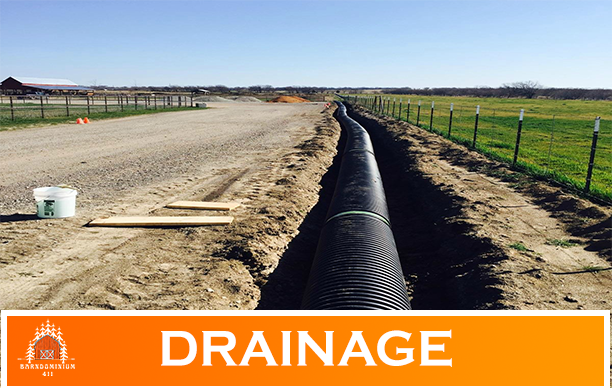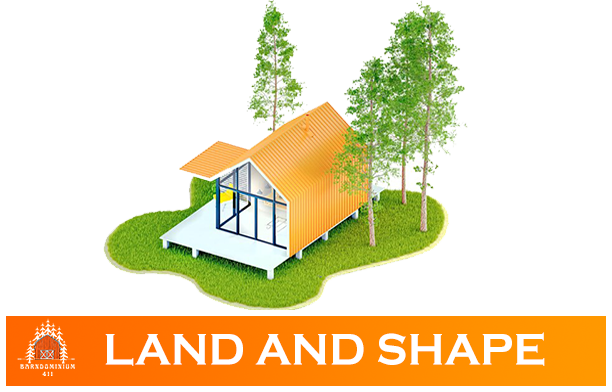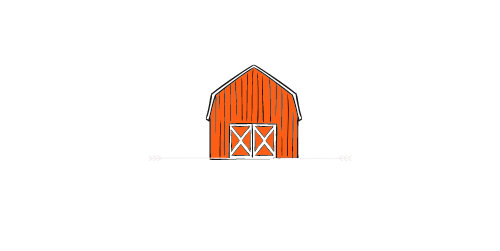

7 Tips for Choosing the Right Location for Your New Barndominium
1. Accessibility

If you intend a secondary residence on a separate piece of property from where you live now, it should be a certain distance from any other type of residence.
If you are considering purchasing land that lacks proper road access, a few possibilities may help.
Second, if the property borders an existing country roadway, sometimes it’s possible to install your entrance by shifting the location slightly so that it enters closer to the side of the main road.
2. Water

As your building comes closer to being finalized, you will need to place your well and have the water tested within one year of completing your purchase. By doing so at this time, you can also see which areas would be best suited based on the slope or where you should avoid placing your well to maximize production levels.
Suppose you are on flat ground without any inclination whatsoever on the property; there is no reason you shouldn’t draw water all year round, especially with modern well equipment.
If you are on land with very gentle slopes, the water table may never be closer than around 10 ft (3 m) from the surface under natural conditions. In this case, your pump may have issues drawing an adequate supply of water when the pressure in your pipes is low such as during periods of high demand or stagnation.
Another factor can adversely affect your site, which sometimes isn’t even recognized for what it is by many people who are not familiar with rural property characteristics. Sometimes there’s an underground feature beneath a potential building site, which can negatively impact water flow over time.
This aspect usually occurs underneath sloped land, where the topography inclines to one side more than the other. Although rarely observed, it doesn’t mean it can’t affect your site whatsoever. If you feel that this is an issue that may be present, then consider hiring a professional hydrologist to do some testing on the property.
3. Drainage

The reason for this description has everything to do with your intended purpose for your new future barndominium structure, thanks to its foundation design and how well it’s able to shed water away from itself.
Most people who live in rural areas are aware of their local climate, including periods of high rainfall during certain times of the year. So knowing whether there are times where you could expect standing water on the property now or soon is valuable information.
4. Land Size and Shape

For example, if you have a rectangular-shaped lot with roads at least 40 ft (12 m) wide, two large vehicles would pass each other without issue if needed during any part of the building process.
5. Electricity

6. Tariff

7. Zoning

Conclusion
The most important thing to remember while planning to construct your new barndominium is that building one takes time and money. You do not want either of these two resources going wasted due to bad planning on your part!
While this post does not cover every detail involved with choosing the perfect location for your very own barndominium, it does cover some of the more important points that will surely help you in your search.
As long as you’re aware of all the best practices and don’t throw away money unnecessarily on mistakes, then you should be well on your way to owning a business that is both profitable and fun.
